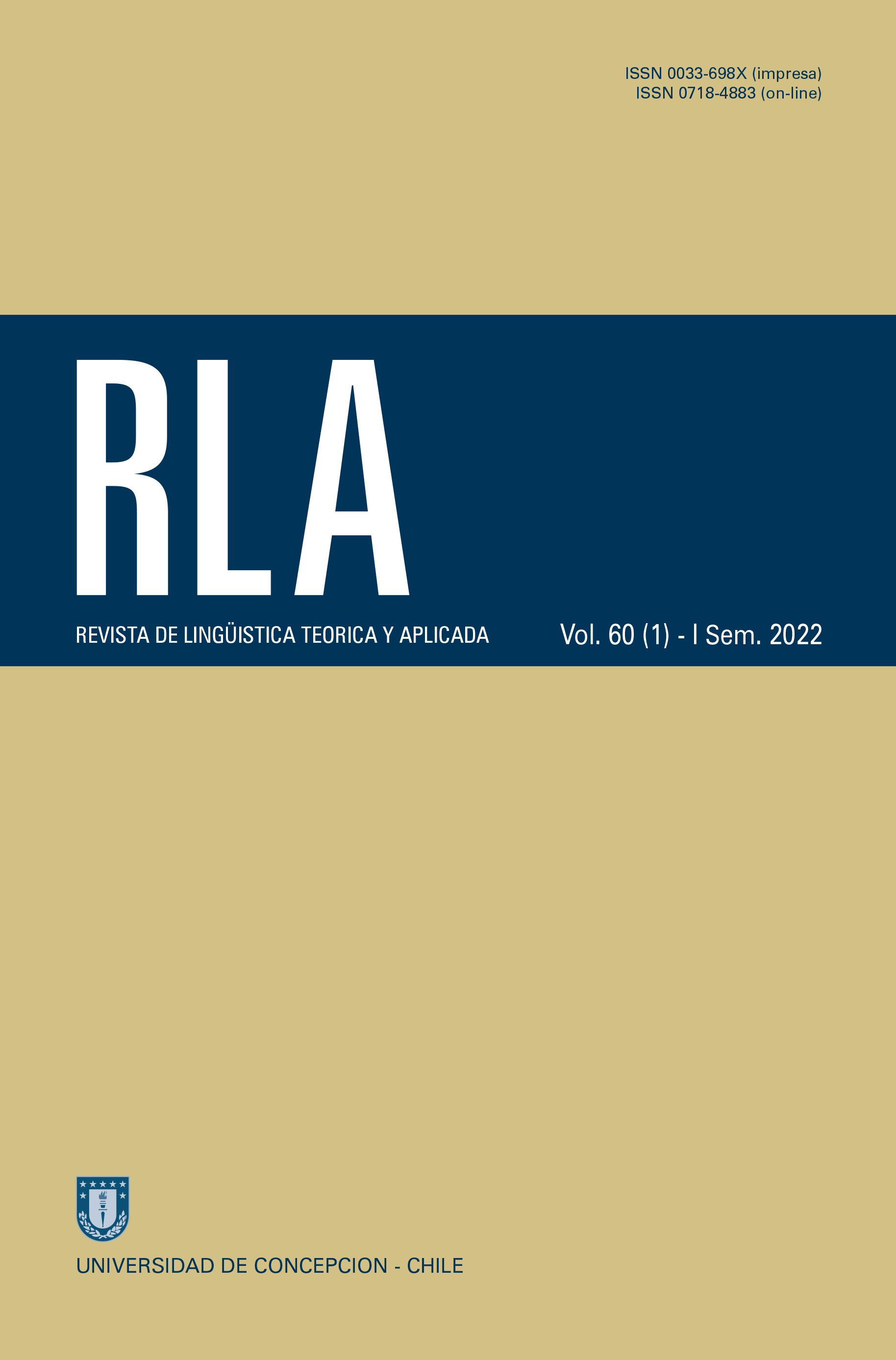SOURCE-BASED WRITING IN PROFESSIONAL SPANISH AS A FOREIGN LANGUAGE: SOME PEDAGOGICAL INSIGHTS BASED ON A QUALI-QUANTITATIVE APPROACH
DOI:
https://doi.org/10.29393/RLA60-5SBML30005Keywords:
Writing from sources, professional writing, writing process, recording writing, feedback strategies, self-regulationAbstract
Source-based writing is a crucial skill for communication professionals. This study investigates how master students in professional communication incorporate sources in synthesis writing tasks in their L1 (Dutch), L2 (English) and FL (Spanish and French). To show the complexity that characterizes the use of sources, we will first present a case study of two students in Spanish as a foreign language. We will then link it to the results of a factor analysis that points out which variables are descriptive indicators of the way in which master’s students (N = 209) deal with sources during the writing process. There are three components that can determine source use (75% of the total variance in the data): a) initial reading time, b) interaction with sources, and c) degree of variation in source use. In L1 there seems to be a correlation between the initial reading time and interaction with sources, on the one hand, and the quality of the writing, on the other; also, the time spent consulting sources compared to writing time is considerably longer in FL than in L1 and L2. These findings allow us to reflect upon how to develop effective teaching strategies to promote writing skills from sources in a foreign language. More specifically, we will focus on developing process feedback, based on the recording data, that promotes reflection and self-regulation.
Downloads
Published
How to Cite
Issue
Section
Copyright (c) 2022 Universidad de Concepción

This work is licensed under a Creative Commons Attribution 4.0 International License.







